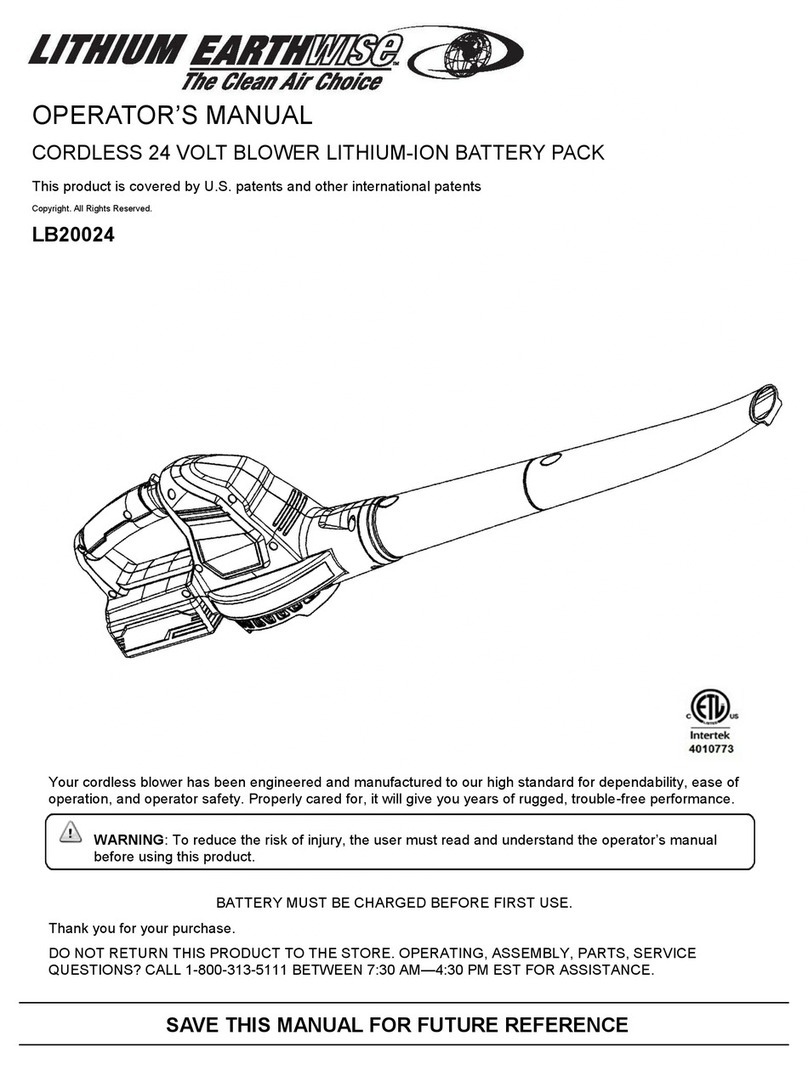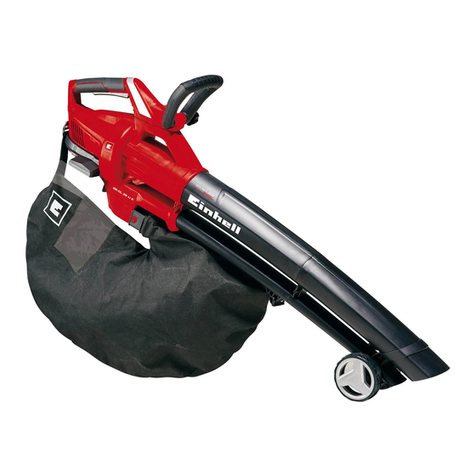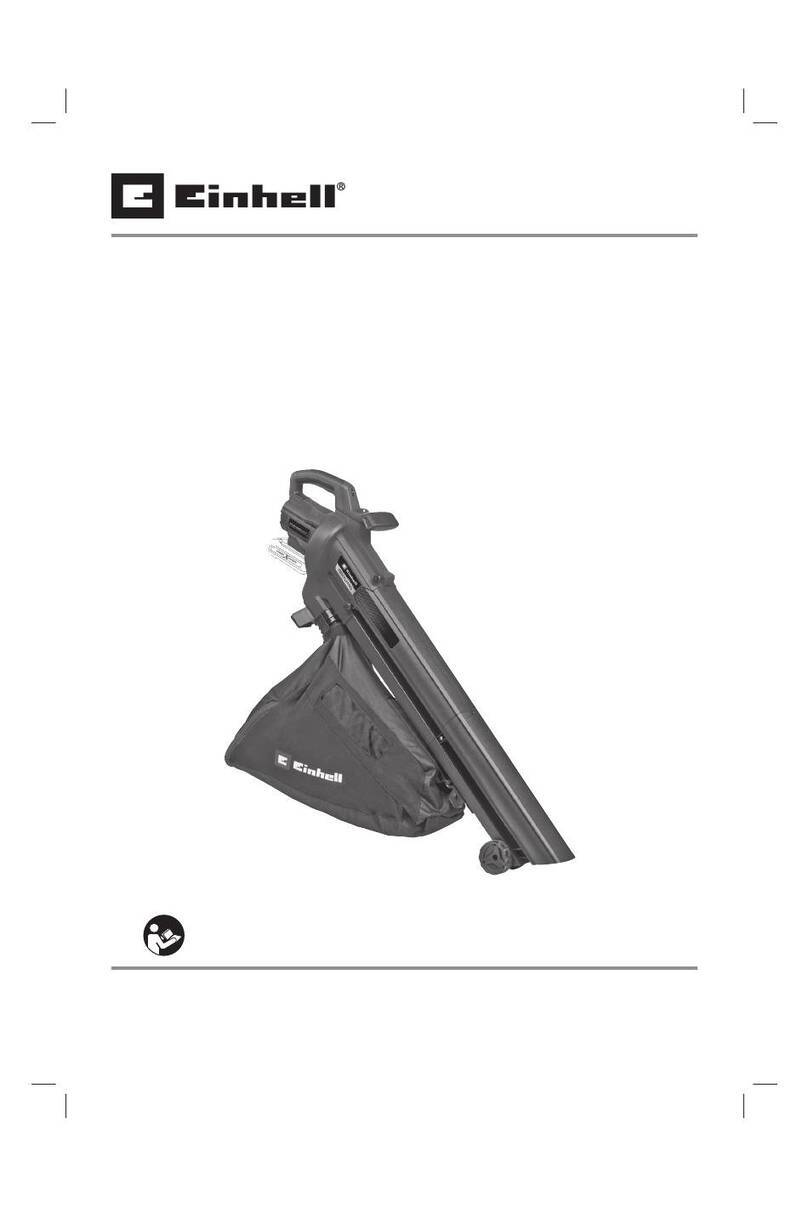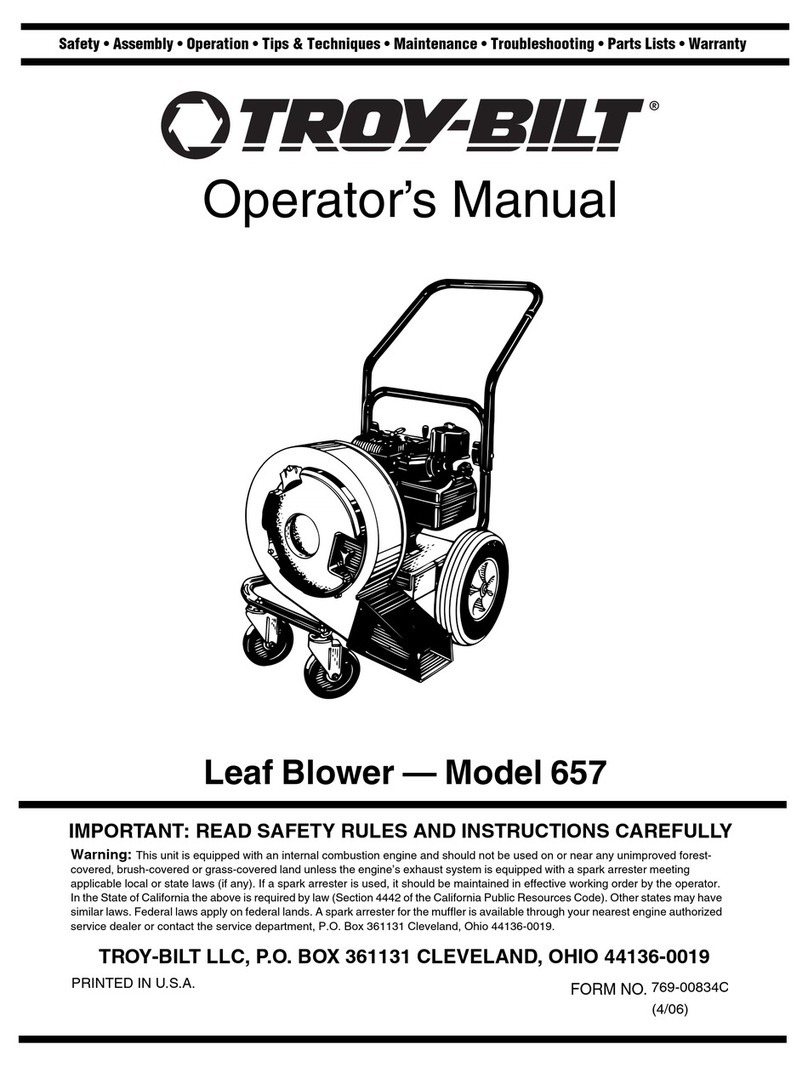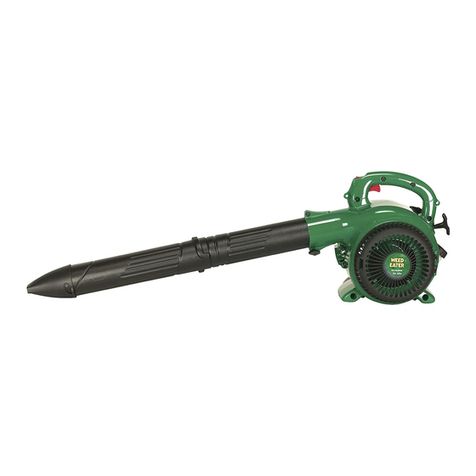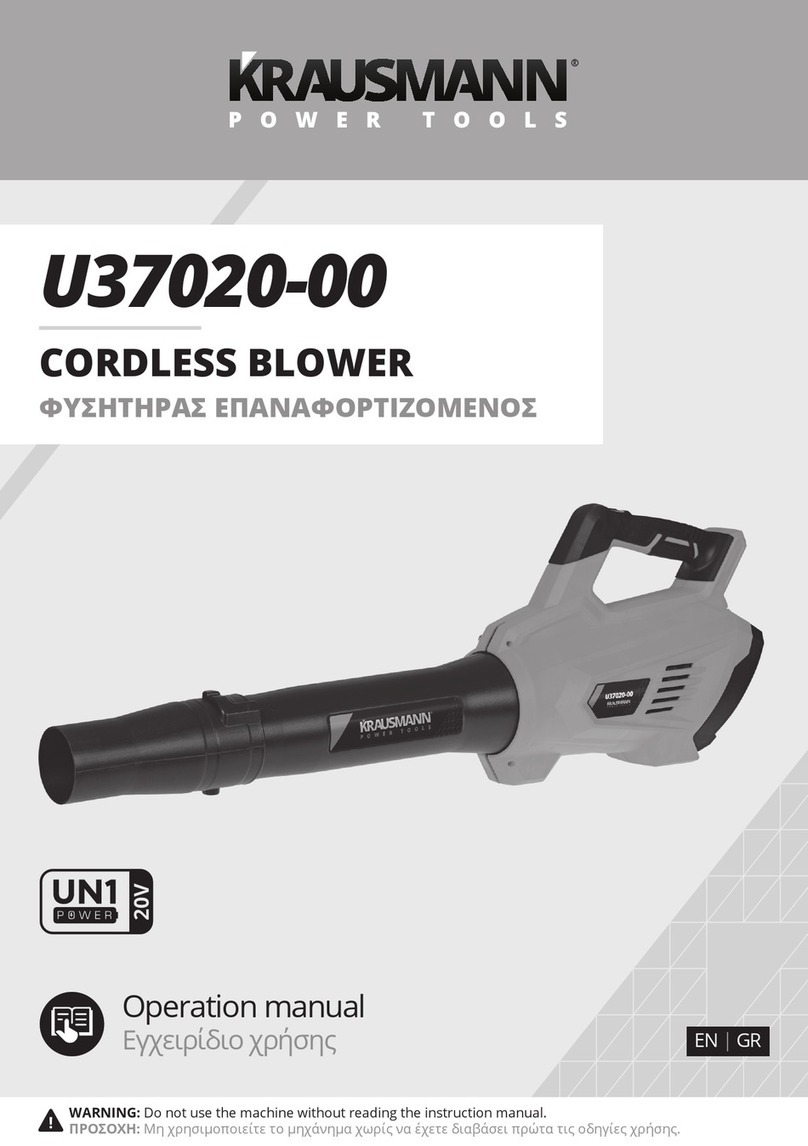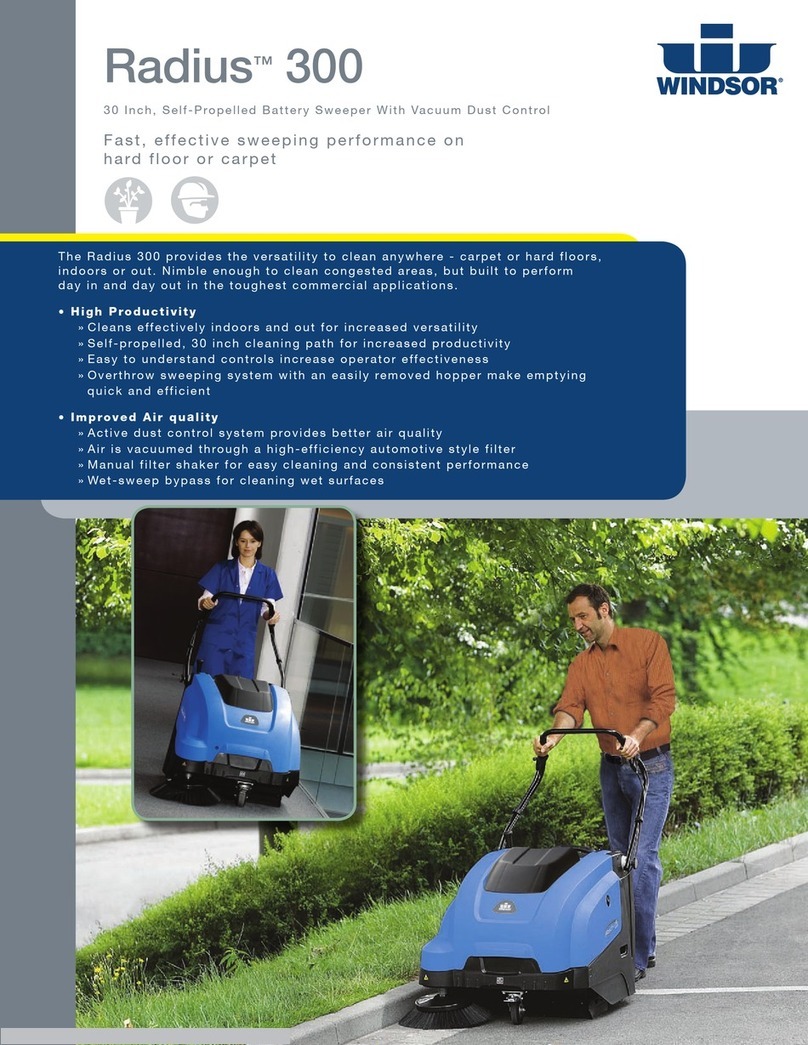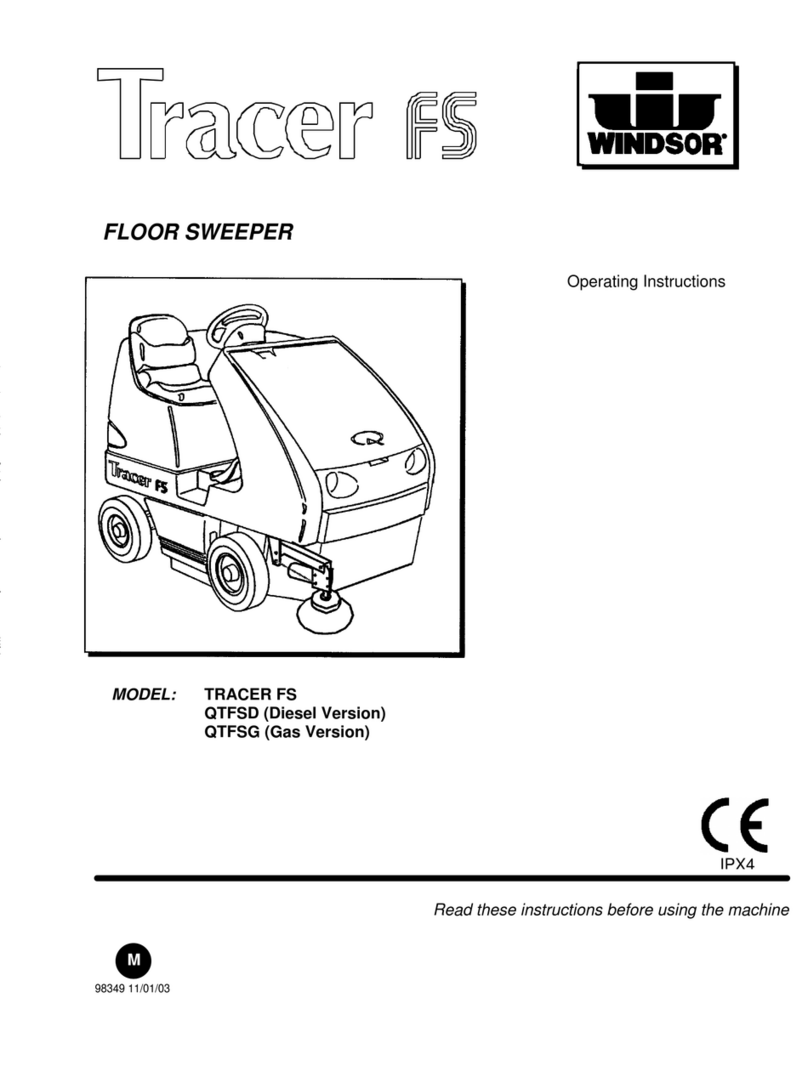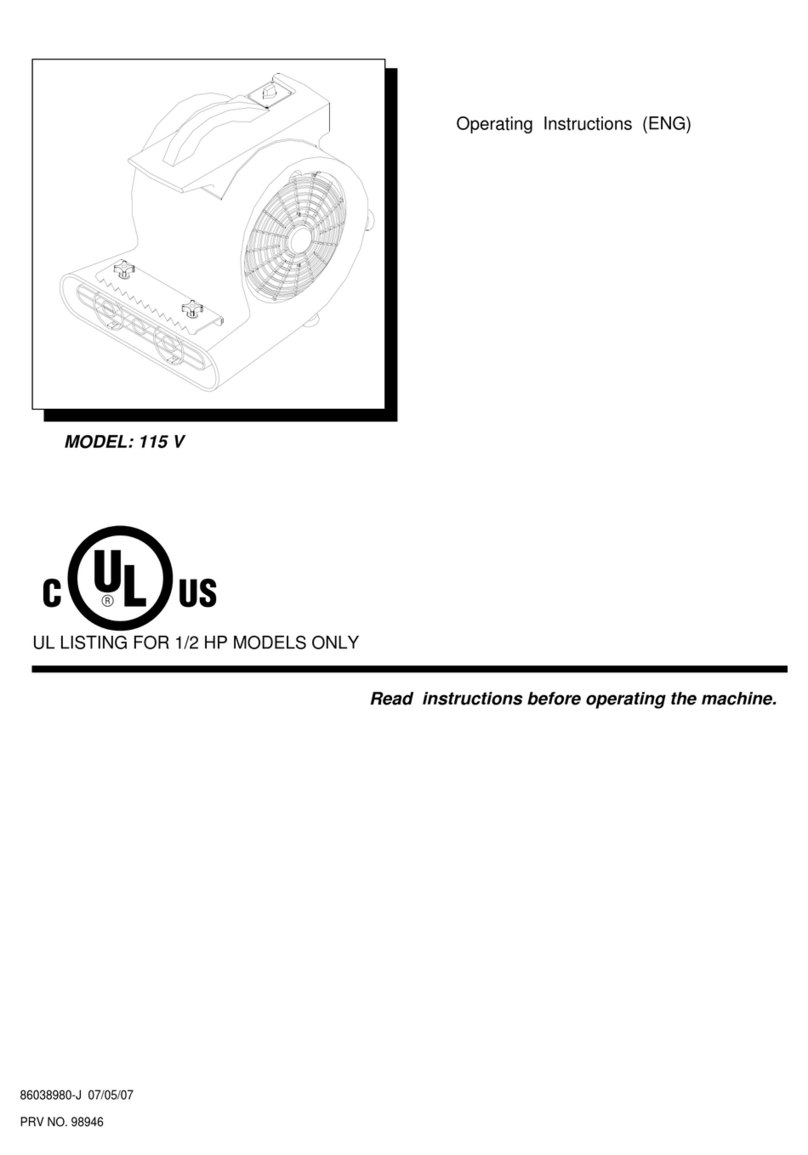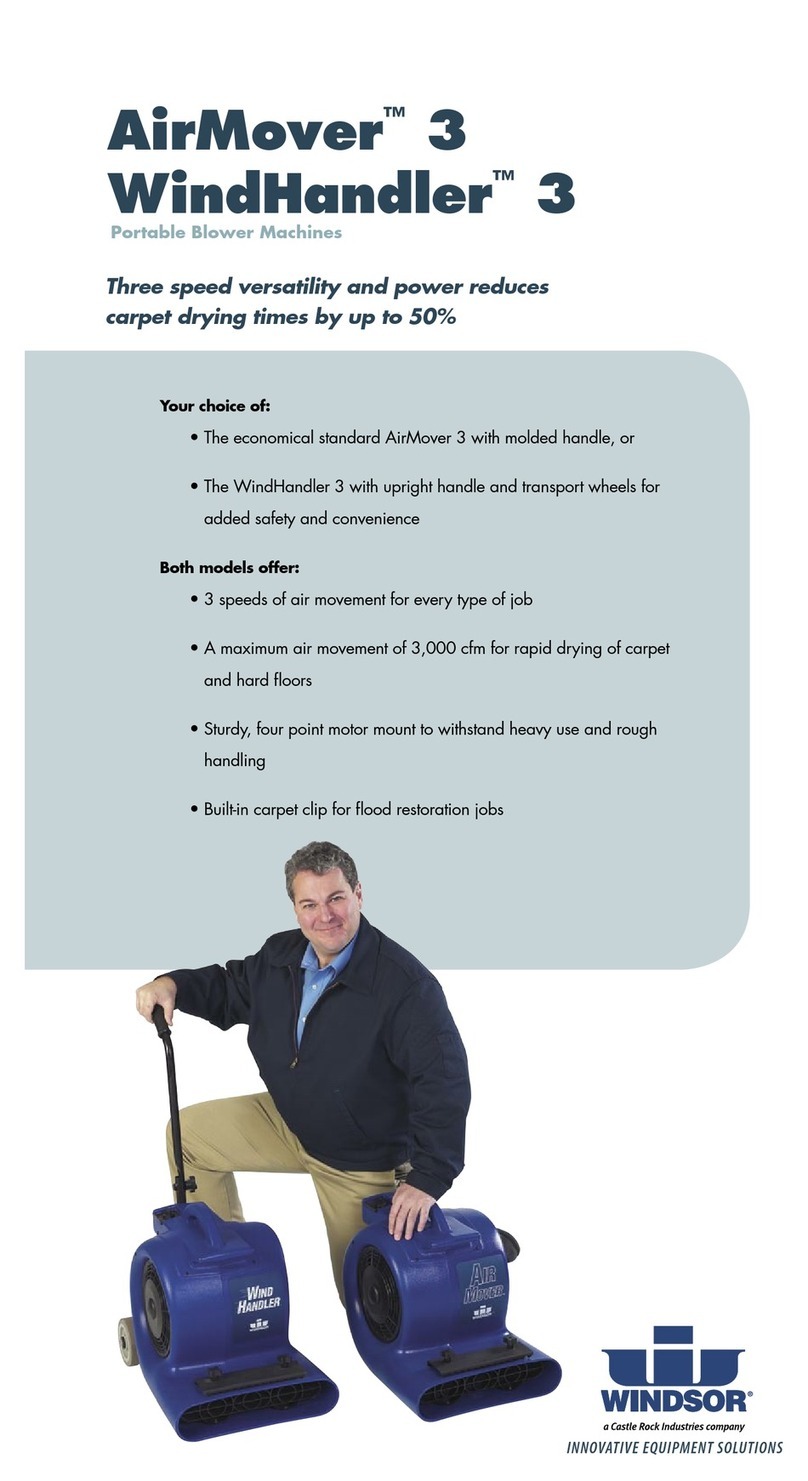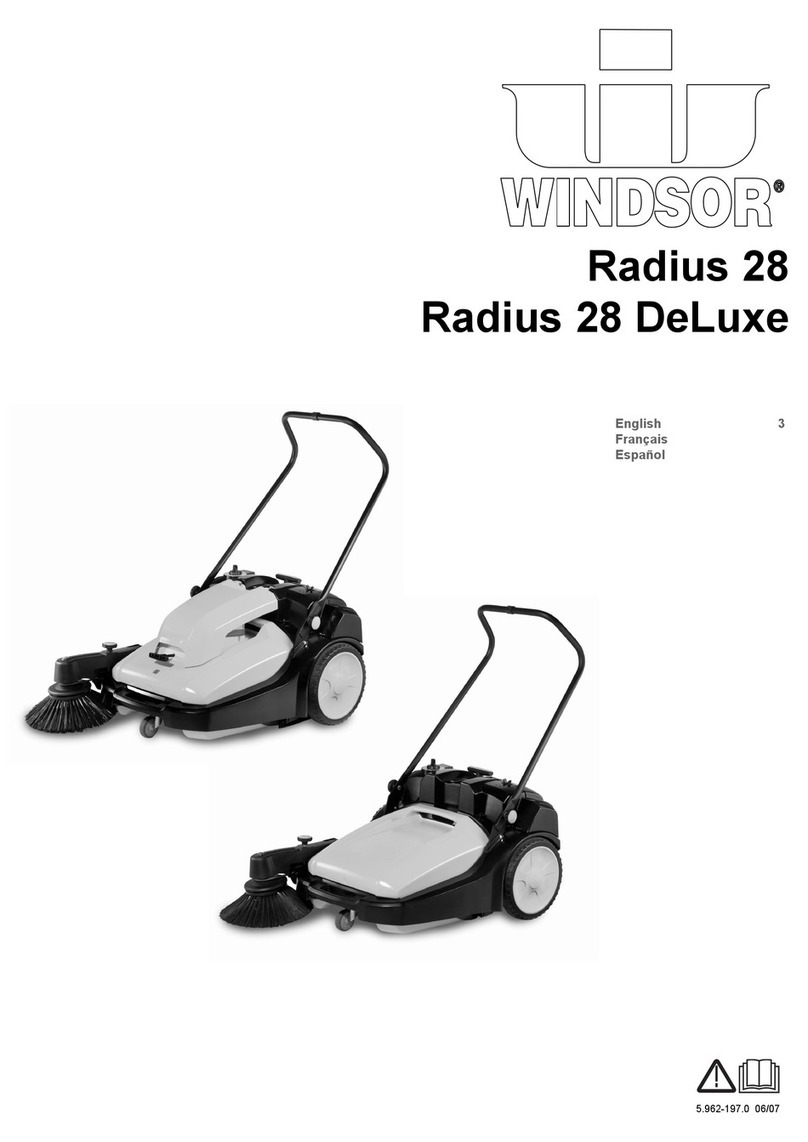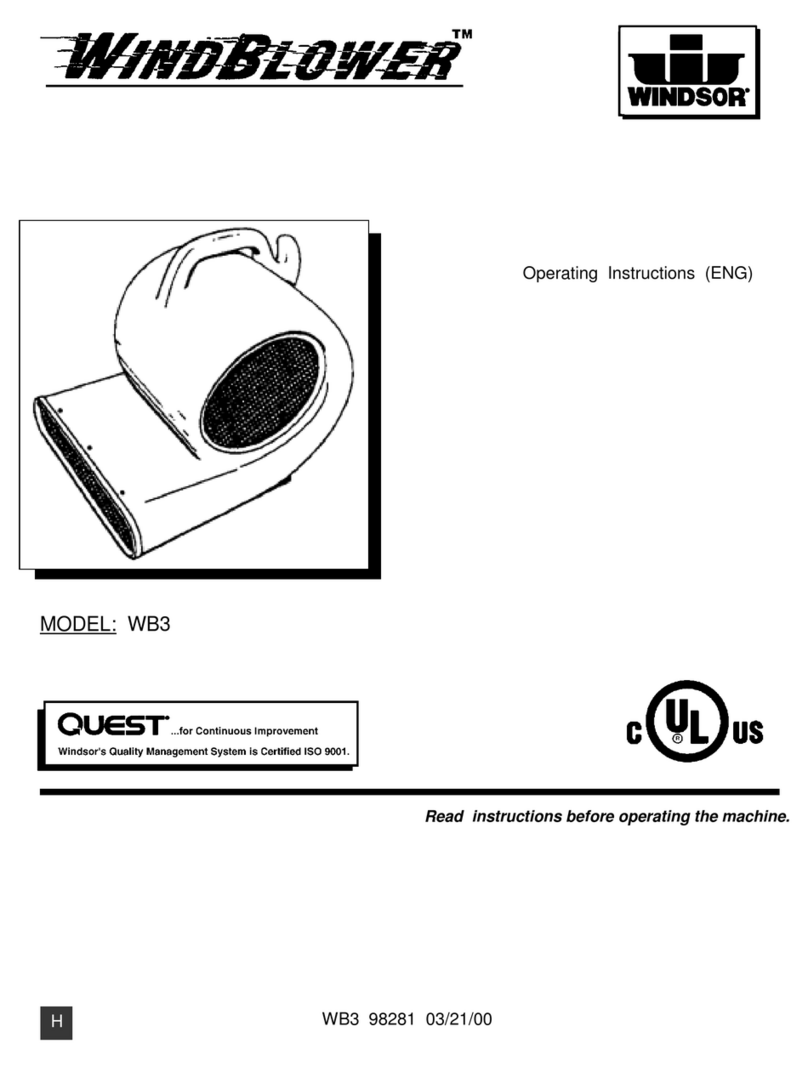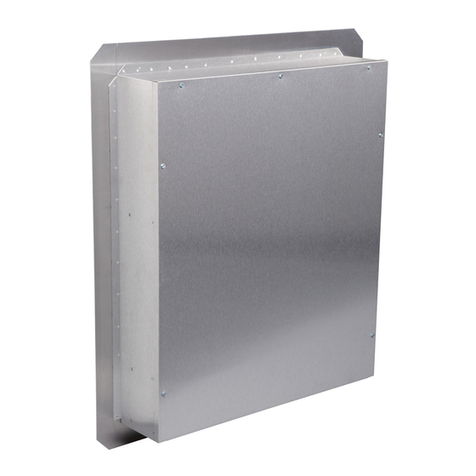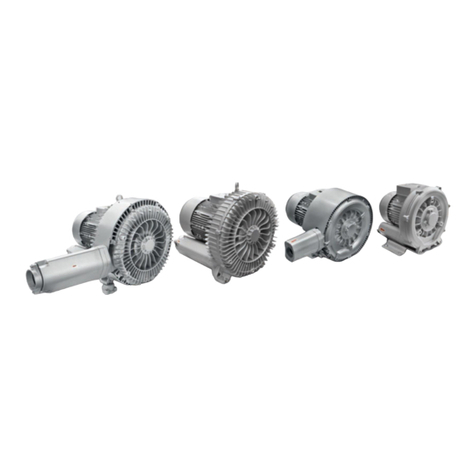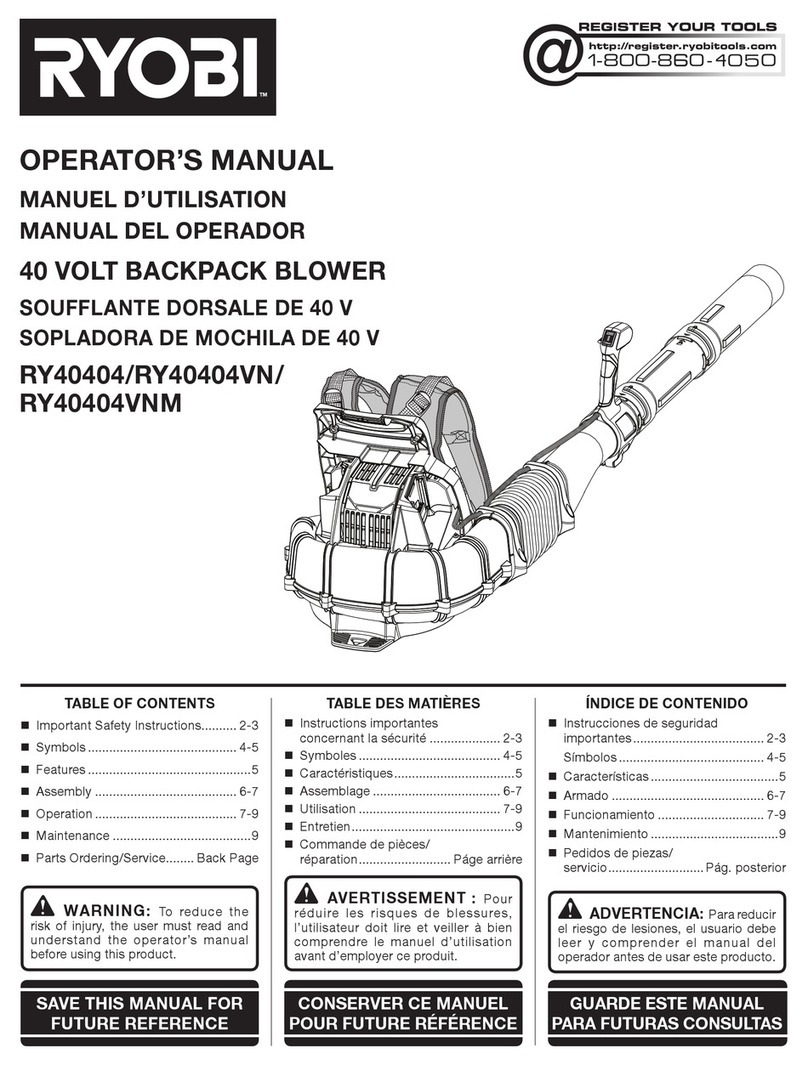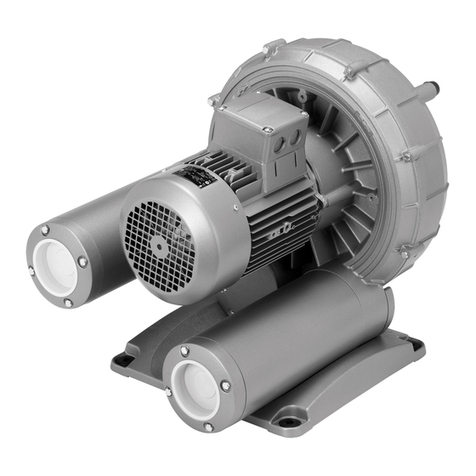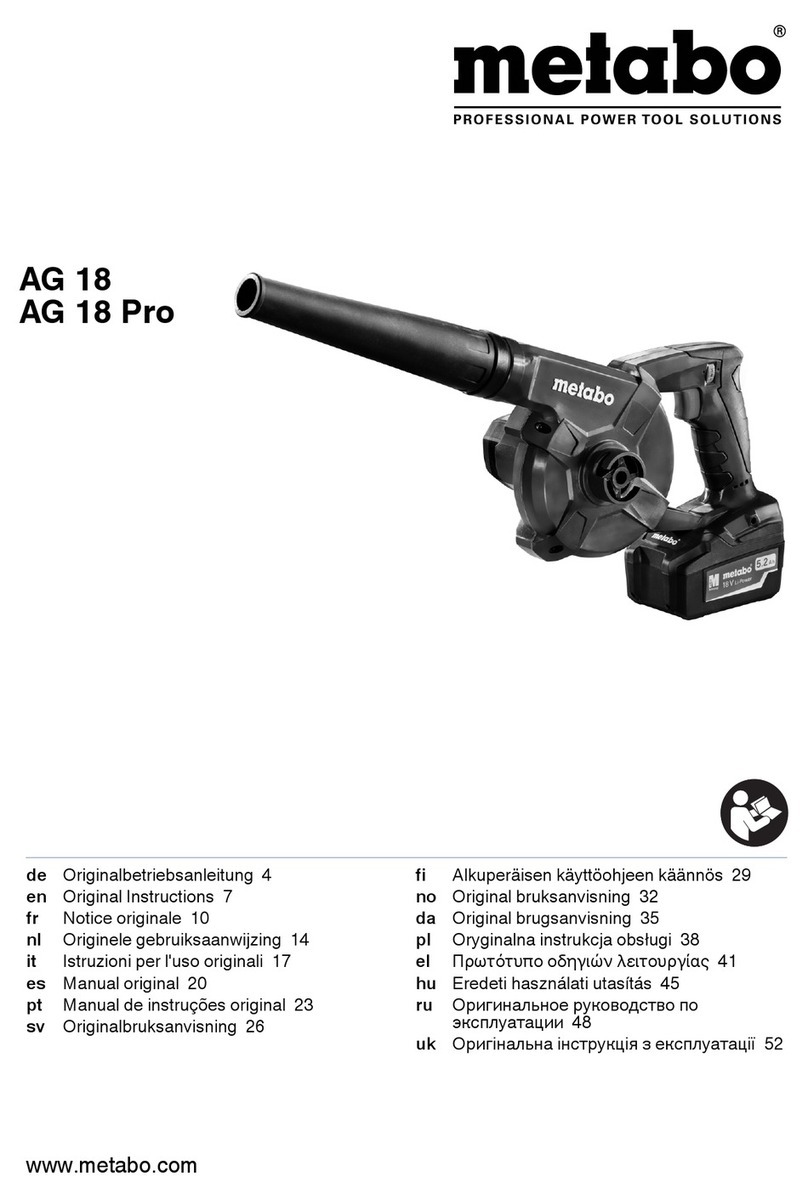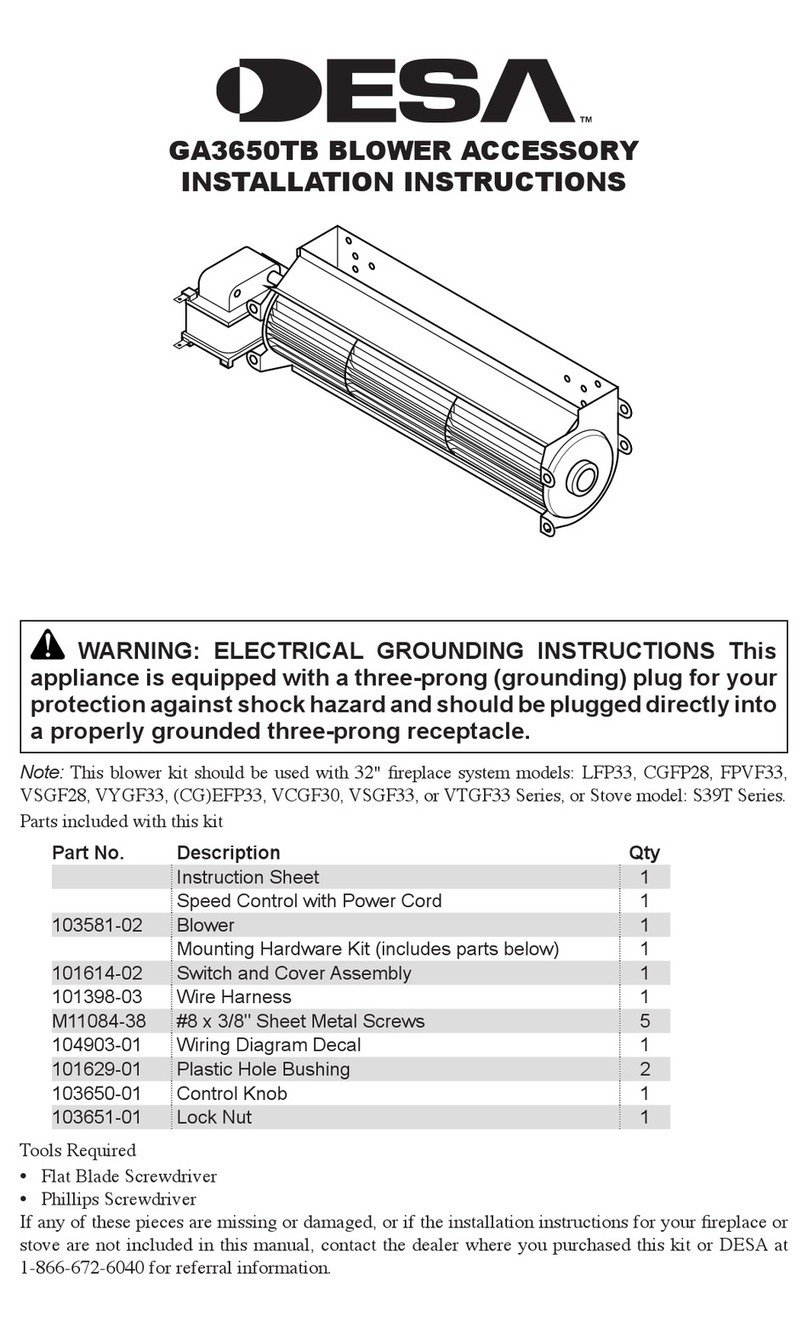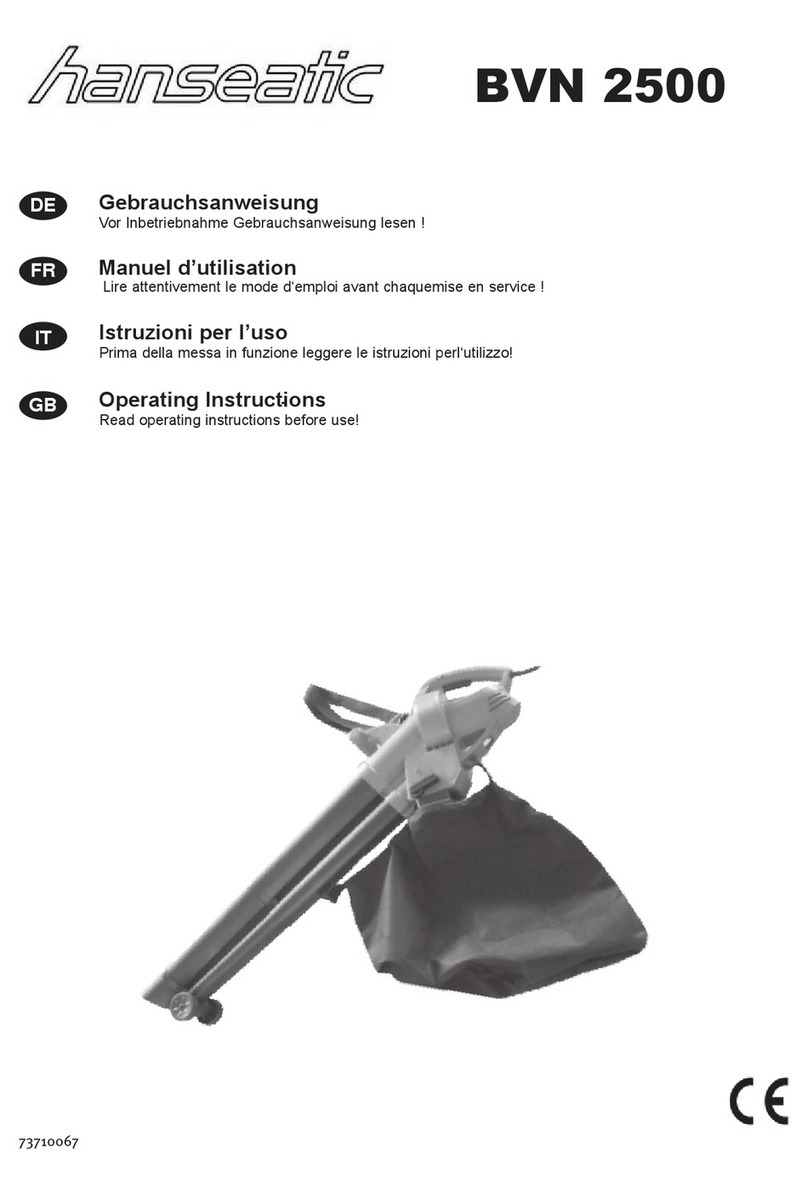
TABLE OF CONTENTS
QTFSB 98351 04/25/03
Machine Data Log..........................................2
Table of Contents...........................................3
HOW TO USE THIS MANUAL
How to use this Manual..................................1-1
SAFETY
Important Safety Instructions.........................2-1
Hazard Intensity Level...................................2-2
Safety Label Location.....................................2-3
OPERATIONS
Technical Specifications..............................3-1
Controls........................................................3-2
Machine Operation.......................................3-7
Pre-Run Machine Inspection....................3-7
Starting Machine.......................................3-7
Sweeping...................................................3-7
Operating on Grades ................................3-8
Stopping Machine.....................................3-8
Storing Machine........................................3-8
Towing Machine........................................3-9
Machine Jacking.......................................3-9
Machine Tie-Downs..................................3-9
Dumping Hopper.......................................3-10
Hopper Safety Arm...................................3-10
MAINTENANCE
Battery Information.......................................4-1
Hydraulics ....................................................4-3
Directional Control System..........................4-5
Throttle “Neutral Position”............................4-6
Main Broom..................................................4-7
Side Broom ..................................................4-9
Belts .............................................................4-11
Drive Wheel Chain.......................................4-12
Skirts............................................................4-13
Hopper..........................................................4-14
Brakes/Tires.................................................4-16
Hydraulic Schematic....................................4-17
Hydraulic Troubleshooting...........................4-17
Propelling Troubleshooting..........................4-18
Machine Troubleshooting.............................4-19
Service Schedule.........................................4-20
GROUP PARTS LIST
Frame Group................................................5-1
Differential Group.........................................5-3
Front Wheel Drive Group.............................5-5
Auxiliary Drive Group...................................5-7
Impeller Group.............................................5-9
Impeller (Wet Sweep Bypass) Group..........5-11
Rear Clip Group...........................................5-13
Console Group.............................................5-15
Brake Group.................................................5-17
Steering Group.............................................5-19
Rear Suspension Group..............................5-21
Electrical Group...........................................5-23
Safety Switch Group....................................5-25
Side Broom Group.......................................5-27
Filter Group..................................................5-29
Hydraulic Group...........................................5-31
Hopper Group..............................................5-31
Main Broom Lift Group.................................5-35
Main Broom Group.......................................5-37
Instrument Panel Group...............................5-39
Wiring Group................................................5-41
Cable Routing Sheet #1...............................5-43
Main Harness...............................................5-44
Throttle Harness..........................................5-45
Rear Clip Harness.......................................5-46
Hopper Harness...........................................5-47
Cable Routing Harness #2...........................5-48
Notes............................................................5-49
Warranty ......................................................5-50
